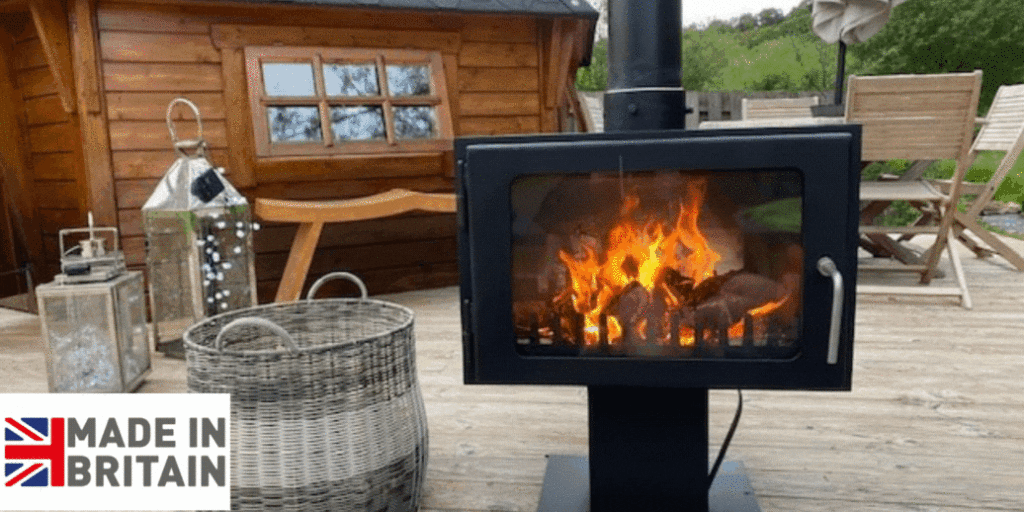wood burning stove regulations
[metaslider id=2638] Wood Burning Stove Regulations. The aim of this post is to highlight some of the key issues that will affect the installation of your wood burning stove. Firstly here is a Wood Burning Stove Regulations of the full …

